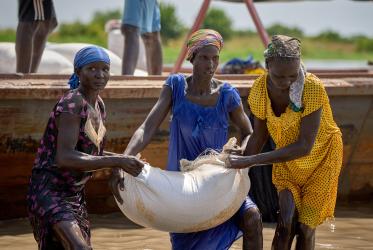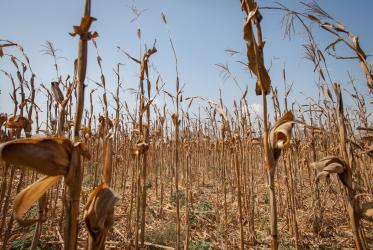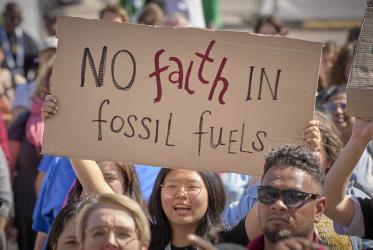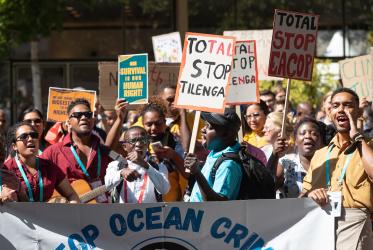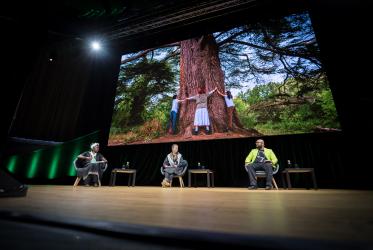All over the world polarization is on the increase. And it seems like the further distance between the standpoints, the better. To be clear about something has become a synonym of being irreconcilable. We should be concerned about this.
Polarization has cast its shadow over the UNFCCC meeting in Marrakesh in November, too. After the Paris agreement last year we saw the possibilities to take real steps to curb the greenhouse gas emissions and get on track for a low carbon economy and a more sustainable future. But in Marrakesh, the election in the USA was something that we all discussed, an election marked by polarization that seems to have thrown the whole climate agenda back to the year 2000 again.
Polarization may sound like a good thing for the polar ice caps – but it is not. Polar bears are not the focus. Yet, the polar ice caps are important as regulators of the global climate; their decline and those who are witnessing it, the indigenous people of the Arctic, speak clearly yet factually about climate change. If we now were thrown back to the time before Paris – with strong actors in the UNFCCC lowering their ambitions or pulling out of international agreements – we would be in a very problematic situation.
It is easy to get depressed if you only listen to the black and white narrative of climate change. There are other stories painting a more colorful picture.
One is about Standing Rock. Standing Rock is about an indigenous group of Sioux in Dakota, USA, that protests against a new oil pipeline set to run right through the territory where their ancestors lie buried, and which threatens their waters. This unleashed a great mobilization of people protesting not only in Dakota but all around the world. Religious leaders from a broad range of faith communities have been there to support the protesters. Even in Marrakesh, we gathered in a great circle in a ceremony led by indigenous people from different parts of the world. We were many participants from the faith communities in this circle of solidarity with Standing Rock.
The story of the Standing Rock Sioux illustrates the actual consequences of a carbon based development. Such an economy will continue to use the fossil fuels putting at risk the water and environment when they are extracted, and impacting on the climate of the world when they are burned; the most vulnerable people are our witnesses that consequences are already happening now.
Standing Rock is a call for climate justice. The people around the world must come to senses when the cry of Mother Earth and the cry of the poor are heard. Polarization is not favoring the polar ices. We need to tell another story, another narrative, that moves us, in solidarity, to a more just and sustainable future.
We have to tell the story of Exodus, the movement that is a pilgrimage for justice and peace. Peace on Earth that grows out of a peace with Earth. We have to defend the sacred, as many protesters from Standing Rock say. To defend the sacred can never be done through polarization but it is a way to defend the polar ice. We as faith communities must take a step forward and tell the other narrative that is the story of all the vulnerable life of the world.
A Swedish version of this blog post is available at blogg.svenskakyrkan.se.
Read also: WCC news item about COP22.



